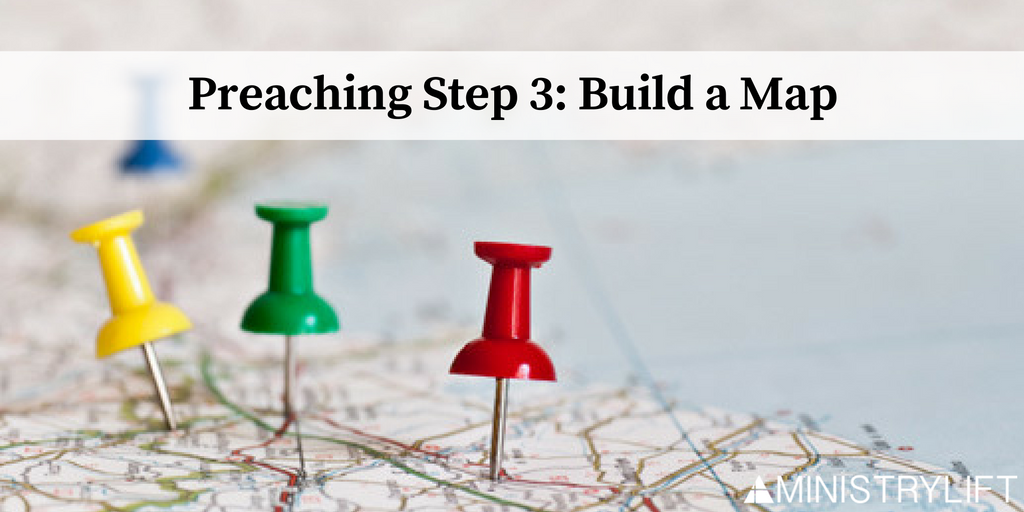Preaching Step 3: Build a Map
 My grandpa used to say that a driver’s job is getting passengers to their destination as comfortably as possible. You won't be surprised to learn he was not a taxi driver. There’s a big difference between riding with someone who knows where they’re going and someone driving like a tourist. The first scenario is a pleasant riding experience, but the second might have your body cascading throughout the vehicle as your driver makes abrupt stops and turns.
My grandpa used to say that a driver’s job is getting passengers to their destination as comfortably as possible. You won't be surprised to learn he was not a taxi driver. There’s a big difference between riding with someone who knows where they’re going and someone driving like a tourist. The first scenario is a pleasant riding experience, but the second might have your body cascading throughout the vehicle as your driver makes abrupt stops and turns.
Andy Stanley compares communication with truck driving to illustrate the difference between a preacher who uses an outline and a preacher who uses a road map.* Outlines help speakers organize their thoughts, but each thought is a different idea related to the same topic. The “three points and an application” approach to preaching relies heavily on an outline. Stanley offers this outline as an example: “God wants a man to (1) love his wife (2) lead his wife (3) learn from his wife… but never ever… (4) leave his wife.” Each point is related to the topic, but unrelated to each other. The problem with this approach is that listeners don’t know what’s coming next and they miss the how one statement is connected to another.
A road map is different—it leads a preacher from their starting point to one clear destination. This method offers a simple way to introduce, support, and apply a teaching point. Essentially, the map provides speakers with the best route to their endpoint. Here’s how it works:
ME (orientation) - begin with a dilemma or problem that you are facing.
Key question: What am I talking about? (Remember to focus on one topic that will lead to one point.)
WE (identification) - develop common ground with your audience around the same or similar dilemma.
Key question: How does this dilemma relate to each person who will be listening?
GOD (illumination) - respond to the dilemma by transitioning to the biblical text and uncovering your main point (read about how to develop a main paint here).
Key questions: How does this text relate to the dilemma? How does the main point of this passage provide a helpful alternative?
YOU (application) - challenge your audience to act on what they’ve just heard.
Key question: what step do I want my audience to take?
